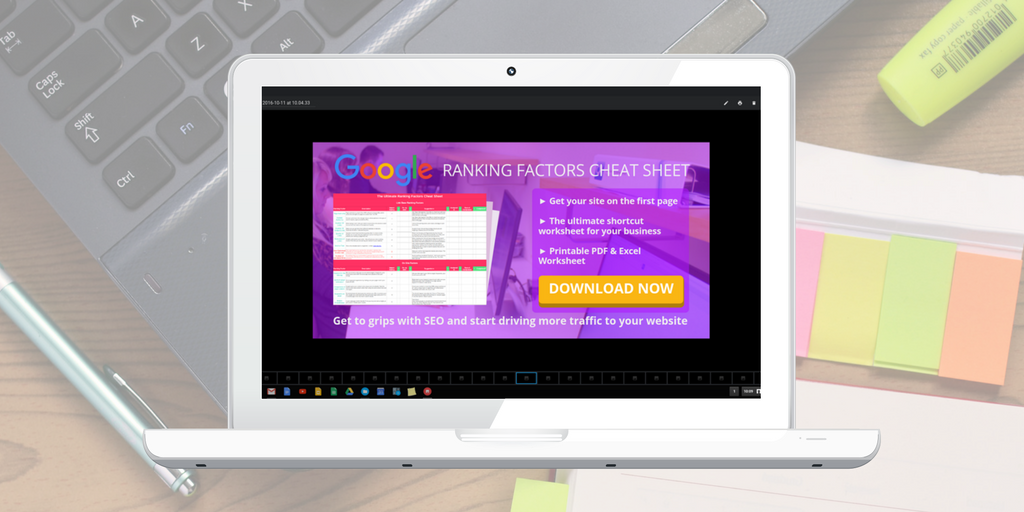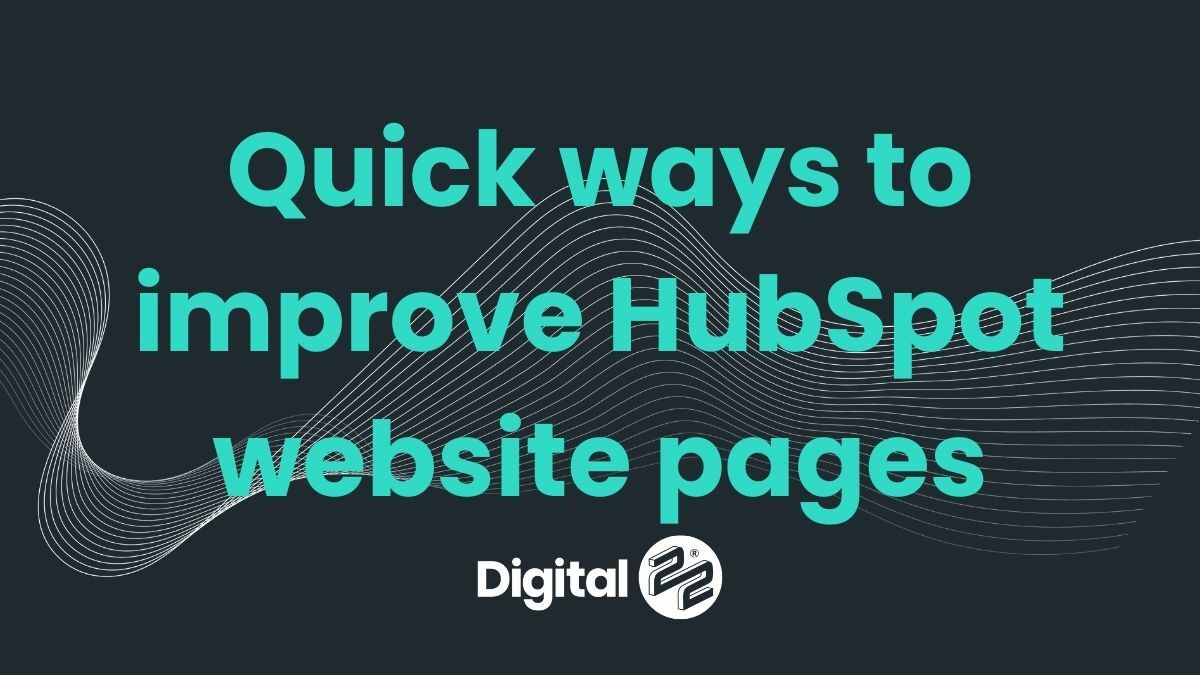Optimising landing pages is a MUST if you want a website that naturally converts. One of the...
If you're reading this, we're guessing you're happy with how your email opening rates are looking and you understand the benefits of a site that converts.

Now you can apply both of these successes to your email marketing. Here are 10 quick wins for boosting your email conversion rate. You might already have employed a few of these techniques elsewhere in your digital marketing strategy, but see how they work in relation to email conversion.
1. Effective Personalisation
There's a couple of things to consider with Personalisation.
Having previously bought a Ford Focus from your local dealership, last month, you book a test drive with one of the sales team to take your other half to see the new model Fiesta. Pretend you're called Paul; if the salesman greets you with a big handshake and says, "Ah, Dave! Nice to see you again. How's the Mondeo treating you? I told you you'd love it, didn't I, Dave mate?" - would you have faith in him?
That's how an email recipient feels when they read, "Hi {First Name}" in their inbox.
Make sure your automated personalisation is working correctly or switch it off.
The other thing to consider is whether; A. Your CRM can pull it off completely (most can, but double check and keep an eye on it) and B. Will your target audience be aware enough to see through your veiled attempt at engaging on a personal level? We are all email aware, tech-savvy individuals... and some of your contacts may be too. If they see through your attempt to be individually emailing them, Personalisation could be counter productive.
2. Emojis In Email Copy
Leading on from that final thought in the point above, have you considered using emojis in your email body?
If they suit the tone of voice you are using and have been employed successfully in the subject line (stats suggest they do work to help emails standout in a crowded inbox), experiment with using them in your email's main copy.
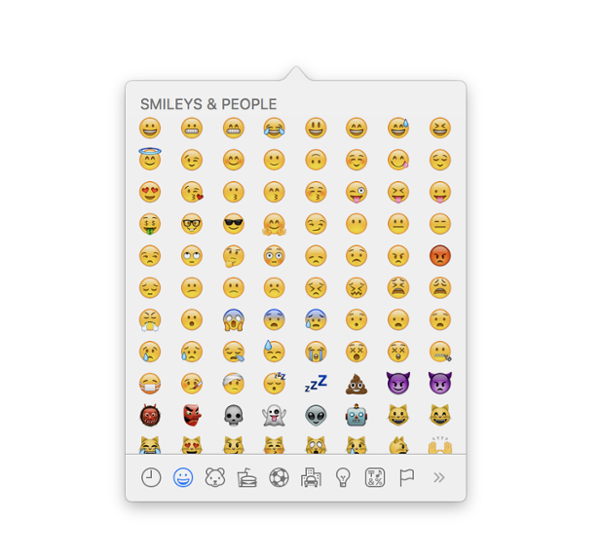
Make sure they don't stand out as forced and are 100% relevant. I think they're most effective when used as a means of adding a touch of personality.
I like them when they feel genuine, anyway.
3. Conduct A/B Testing
To find out if your contacts enjoy certain features on your emails, you can carry out testing and analysis. You might have used A/B testing before - hopefully you have - but it's simple to employ and can be adapted from email-to-email if you're after some quick wins.
For example: Send to the A half of contacts the email which features a relevant downloadable content before the signature and in the other B half don't include a download. Assess the conversion results and see how your recipients interact with the download. Based on the results, remove the download or leave it in next time.
You could also test different types of images to see how well they work as call to actions - do people prefer illustrations or photographs?
Then move on to A/B testing out other email features to see how your recipients react to; personalisation, anonymous or personal sender, timing, CTA location, etc. This method will help you determine what is the best email strategy for your customers.
4. Highly Targeted Targeting
A more back-end angle to look at is to segment your contact list as much as possible. Your email conversion rate could be so low because you are still sending emails to contacts who haven't got any interest in receiving them.
You'll need effective contact management for this and knowledge is key.
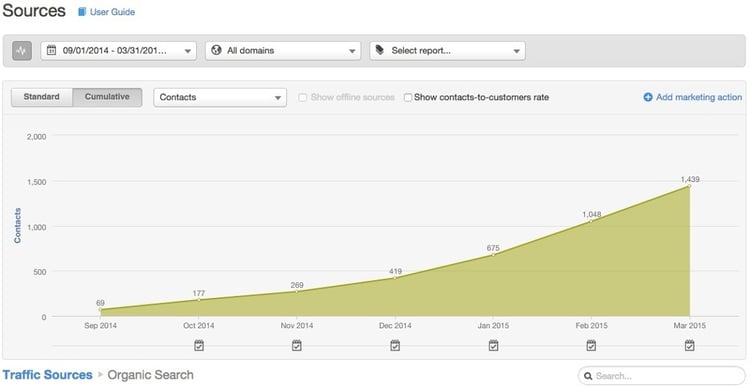
But it can be achieved two ways; either sending your optimised email to only those contacts who you have worked out are most likely to convert or, taking the alternative approach, sending different types of emails to different contacts.
How far you can segment your contacts depends on how much data you collect about them. A thorough CRM, such as HubSpot, won't just keep track of which forms users complete, but also which pages they view. Just avoid the temptation to email them things like, "We see you viewed our XYZ product pages for 12 minutes and 22 seconds on Monday, would you be interested in this..."?
5. Mobile Optimisation
Obvious, but often overlooked. Like your site, make sure your emails are mobile ready and suitable to lead to a conversion when your contact wades through their inbox whilst on the go. They're likely to be in a rush anyway, so you need to avoid the risk of them thinking, "That's too hard to read on this, delete."

6. Learn From Landing Pages
The fact you've got their email address in the first place suggests that your CTAs and Landing Pages are doing something right. With heat and scroll maps, you can analyse the copy and layout of your landing pages, and implement what you think is great about them into your emails.
Your audience was persuaded to convert the first time around, so let's build on that with your emails.
7. Could Your Copy Be More Compelling
Perhaps the copy is the problem? Maybe it is too clunky or too brief. It's a tough one to get right - possibly the toughest aspect. There are millions of blog posts, books, ebooks, TED Talks and degree courses about improving your copywriting skills, so let's just try to look at this objectively;
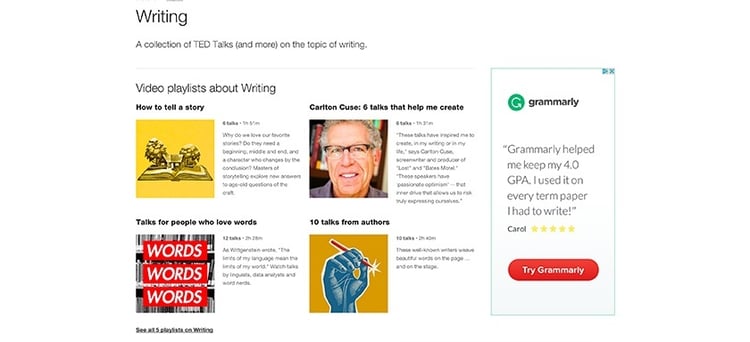
Just because you got the copy nailed that one time, doesn't mean you're above getting second opinions and making tweaks. There is always room for improvement.
8. Remove The Risk
Even with copy that Ernest Hemingway, Don Draper (Mad Men) and Mark* would be proud of, your reader might - through no fault of your own - still be too aware of the risk. They might have had a bad experience in a similar situation and won't be persuaded to change their mind via email.
However, they might not realise exactly what you're offering or that you offer a quibble-free returns policy. In your content make sure you engage with their pain points and concerns to show them they're safe with you.
*Mark as in 'Mark's Gospel'. No? One of only four Gospel writers to be deemed worthy of canonical status? Okay. Never mind.
9. Make It Easy
They've opened your email. You've got their attention. Keep it simple and then take it home. Don't fill your emails with lots of links and distractions. Each email you send should have one clear goal or theme to increase chances of conversion.
10. Further Proof
Social proof, like customer reviews or trust badges are very effective when it comes to conversion. Here are the current trust badges that we use to help improve our conversion.
In your emails, having a relevant and powerful review at the bottom of your email can encourage your email recipient to convert into a customer - something worth considering.

